Description
Lineco Curved Bookbinding Needles – 3-Pack
Product Overview
These specialized curved bookbinding needles from Lineco are designed specifically for coptic stitch bookbinding and book repair projects. Each needle features a 1-1/2 inch (3.81 cm) diameter curve that makes it easier to navigate the unique threading patterns required for traditional bookbinding techniques. The pack includes three needles, providing extras for multiple projects or replacements as needed.
The curved design sets these needles apart from standard straight needles, allowing crafters to work more efficiently with the flowing, interconnected stitches that characterize coptic binding. This ancient bookbinding method, which originated in early Christian monasteries, creates books that lay completely flat when opened and can withstand years of regular use.
Key Features and Benefits
Specialized Curve Design: The 1-1/2 inch diameter curve follows the natural path of coptic stitching, reducing hand fatigue and improving stitch consistency compared to forcing straight needles through the same motions.
Durable Construction: Made from quality materials that resist bending and breaking, these needles can handle the repeated threading and pulling motions required for bookbinding projects.
Multi-Purpose Functionality: While designed for coptic stitch binding, these needles also excel at book repair work, leather crafting, and other projects requiring curved needle movement.
Value Pack: Three needles provide backup options and allow multiple family members to work on bookbinding projects simultaneously.
How Homeschoolers Can Use This Product
Educational Benefits Across Subjects
History and Culture Studies: Coptic binding connects students to ancient bookmaking traditions. Use these needles while studying early Christianity, medieval manuscripts, or the history of literacy. Students can create their own “ancient” texts while learning about how books were made before modern printing.
Language Arts Enhancement: Students can bind their own books for creative writing projects, poetry collections, or book reports. The physical act of creating a book makes writing feel more permanent and special, often motivating students to put extra effort into their content.
Fine Arts and Crafts: Beyond basic bookbinding, these needles work well for mixed-media art projects, creating artist books, or exploring book arts as a creative medium.
Practical Life Skills Development
Hand-Eye Coordination: The precise threading required develops fine motor skills and hand-eye coordination, particularly beneficial for younger students or those who need additional practice with detailed handwork.
Following Complex Instructions: Coptic binding requires following multi-step patterns, helping students develop patience, attention to detail, and the ability to follow sequential instructions.
Problem-Solving Skills: When stitches don’t line up perfectly or materials behave unexpectedly, students learn to troubleshoot and adapt their approach.
Cross-Curricular Project Ideas
Science Integration: Study the physics of how binding holds books together, or explore the chemistry of different papers and adhesives used in bookmaking. Create field journals for nature studies or lab notebooks for experiments.
Mathematics Applications: Bookbinding involves measuring, calculating paper sizes, determining spine thickness, and understanding geometric relationships between pages and signatures.
Literature Connections: Create handbound copies of favorite poems, short stories, or student-written works. This physical connection to literature can deepen appreciation for books as objects and the craft of writing.
Practical Implementation Tips
Start Simple: Begin with single-signature books (one folded sheet) before attempting multi-signature coptic binding. This builds confidence and allows students to master the basic needle techniques.
Prepare Materials: Cut paper to size ahead of time and have bookboard, thread, and awl ready. Pre-punching holes makes the process smoother for beginners.
Make it Social: Bookbinding works well as a family activity or co-op project. Older students can help younger ones with threading while working on their own more complex projects.
Document the Process: Have students photograph or sketch each step of their bookbinding process to create instructional guides for future projects or to share with other homeschooling families.
Age and Skill Considerations
These needles work best for students aged 10 and up who have developed sufficient fine motor control for detailed handwork. Younger children can participate in bookbinding projects with close supervision and help with threading. The curved design actually makes the stitching process easier to learn than traditional straight-needle methods, as the curve naturally guides the thread along the correct path.
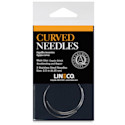
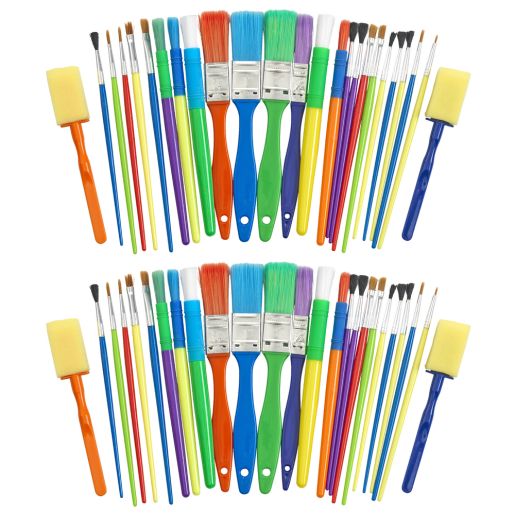
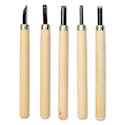
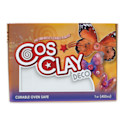
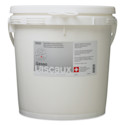
Reviews
There are no reviews yet.